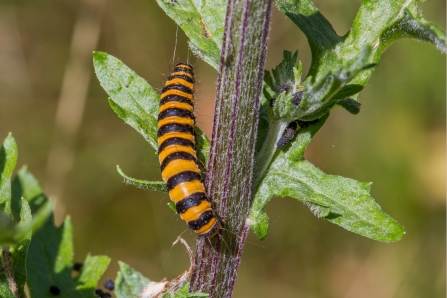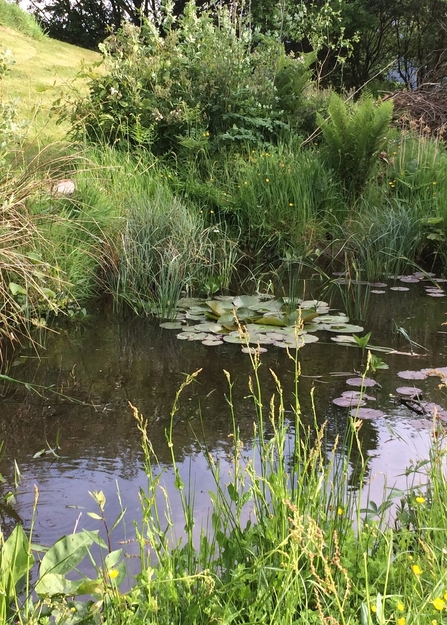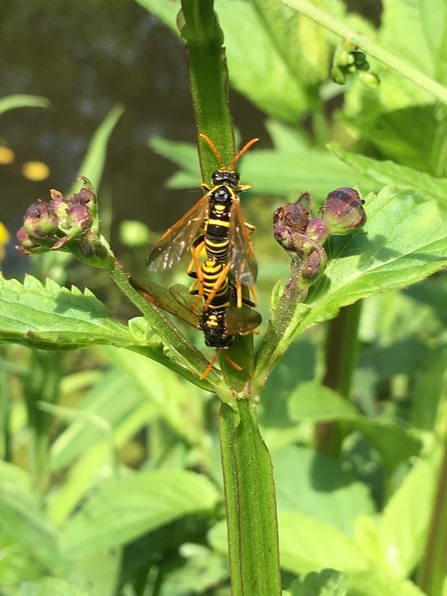There’s an amazing amount of wildlife in a garden. In a famous 30-year study, the naturalist Jennifer Owen noted everything she could identify in her garden in Leicester.
The garden was a fifth of an acre but she counted nearly 3000 different species, more than are recorded for most nature reserves.
There were 54 different birds, nearly 500 plant species and just under 2000 insects! Follow this link to learn more about the study.
So when you start looking, you will be surprised. Start with the obvious things.
Birds are probably the easiest: they move, they sing and they’re quite big.
Plants are an obvious group too and provide a home for lots of different creatures. Many of them will have been planted of course, but there could easily be 100 different species of wild plants even in a small garden.
Look among the weeds in a veg patch, flower bed or a lawn (especially if it’s not mown too often) Hidden corners that have not received too much of the gardeners attention are even better.




